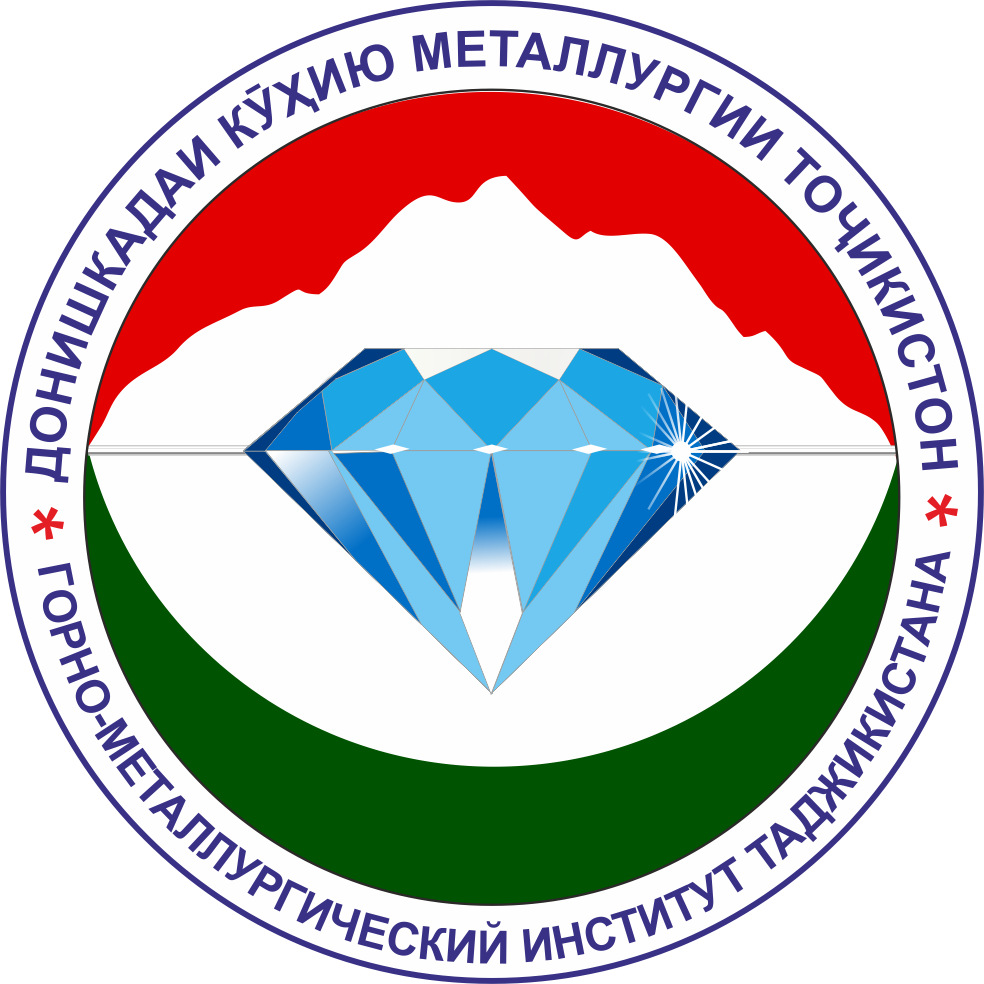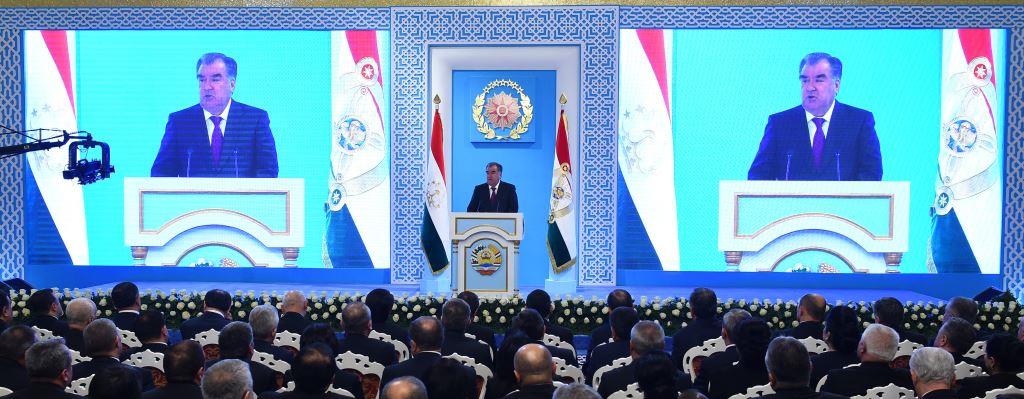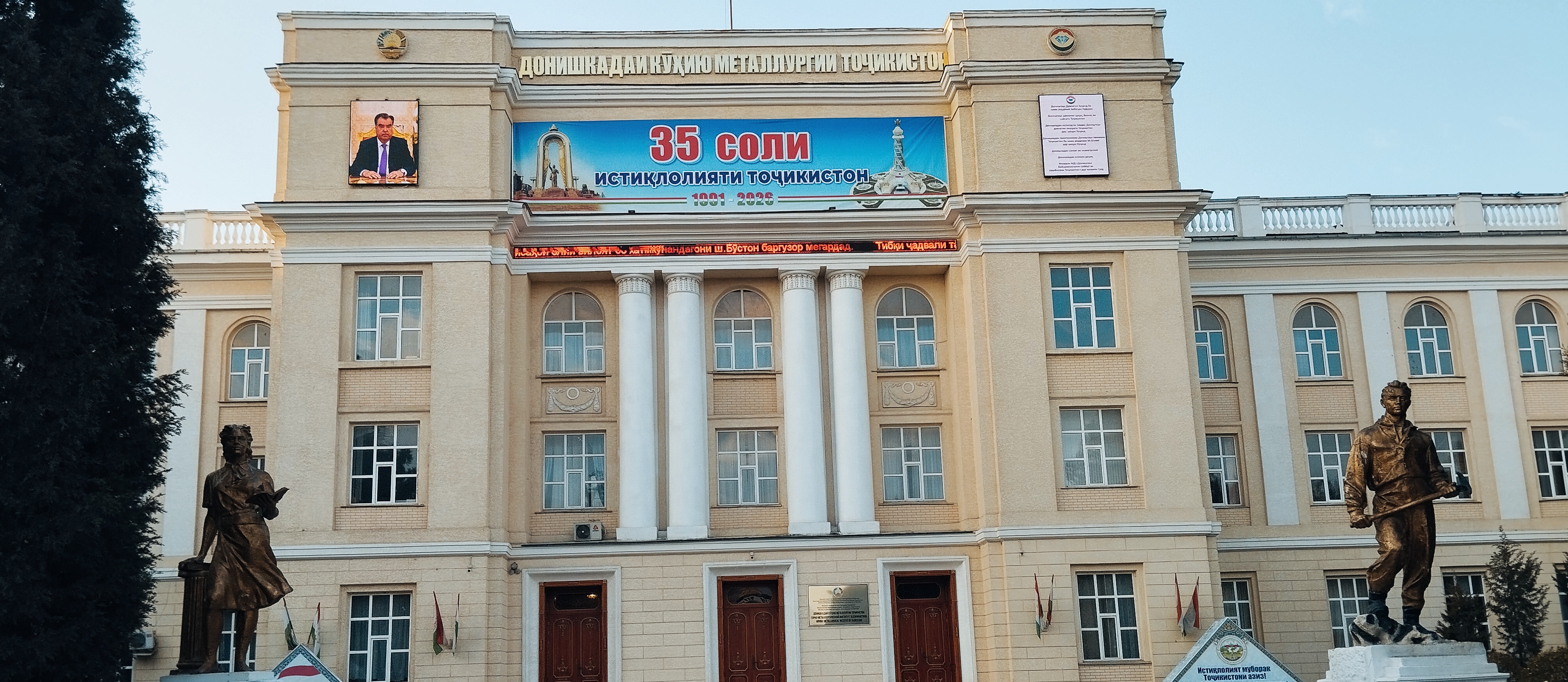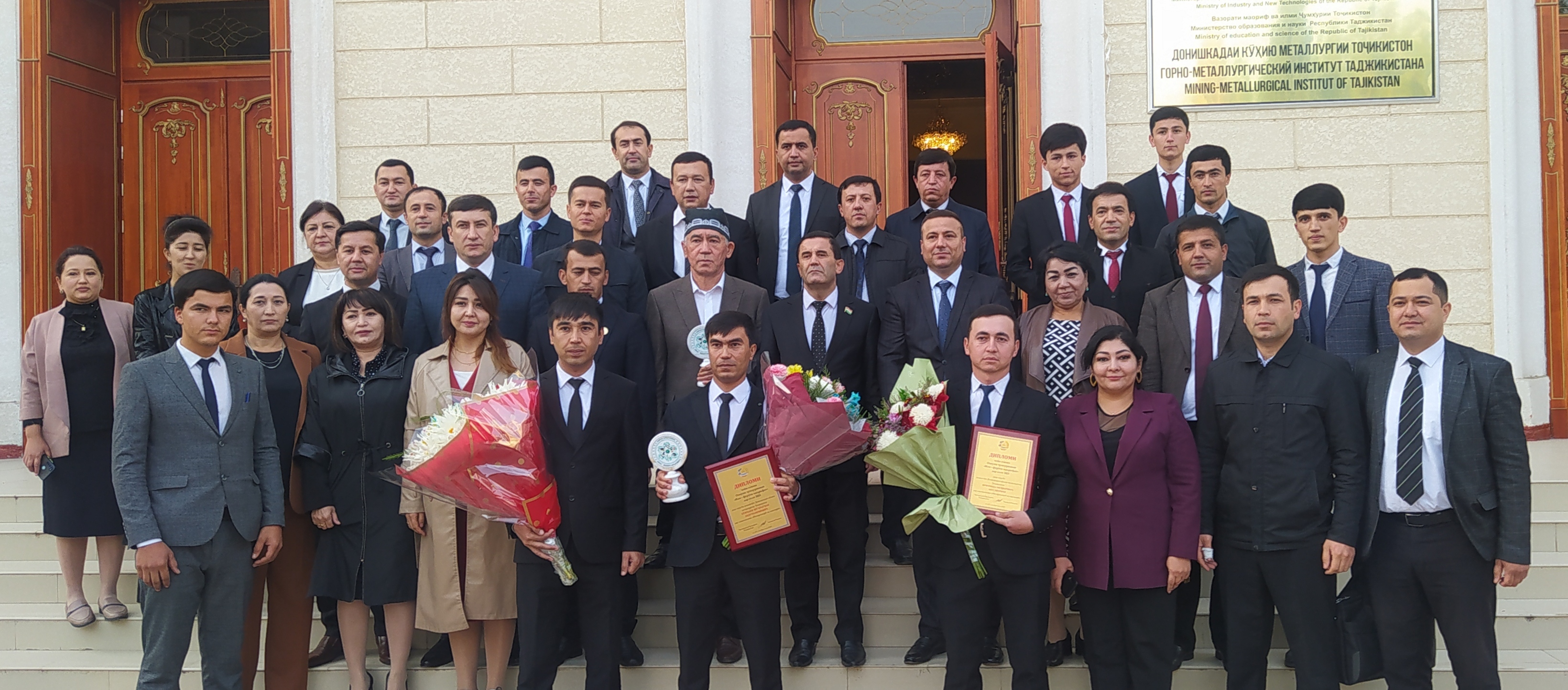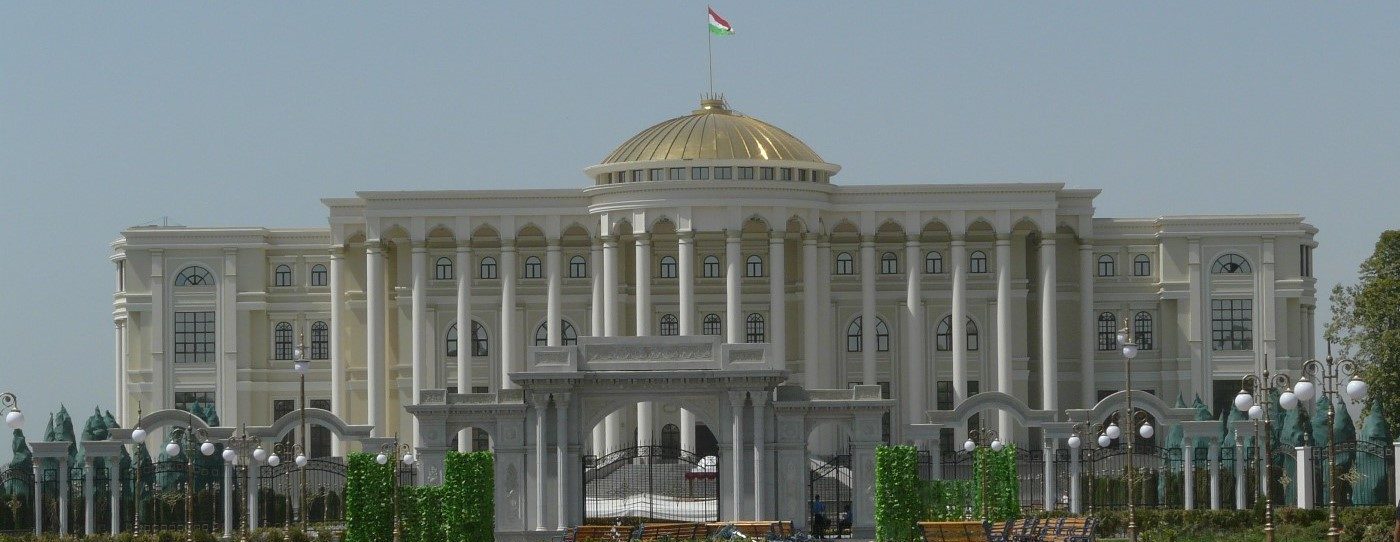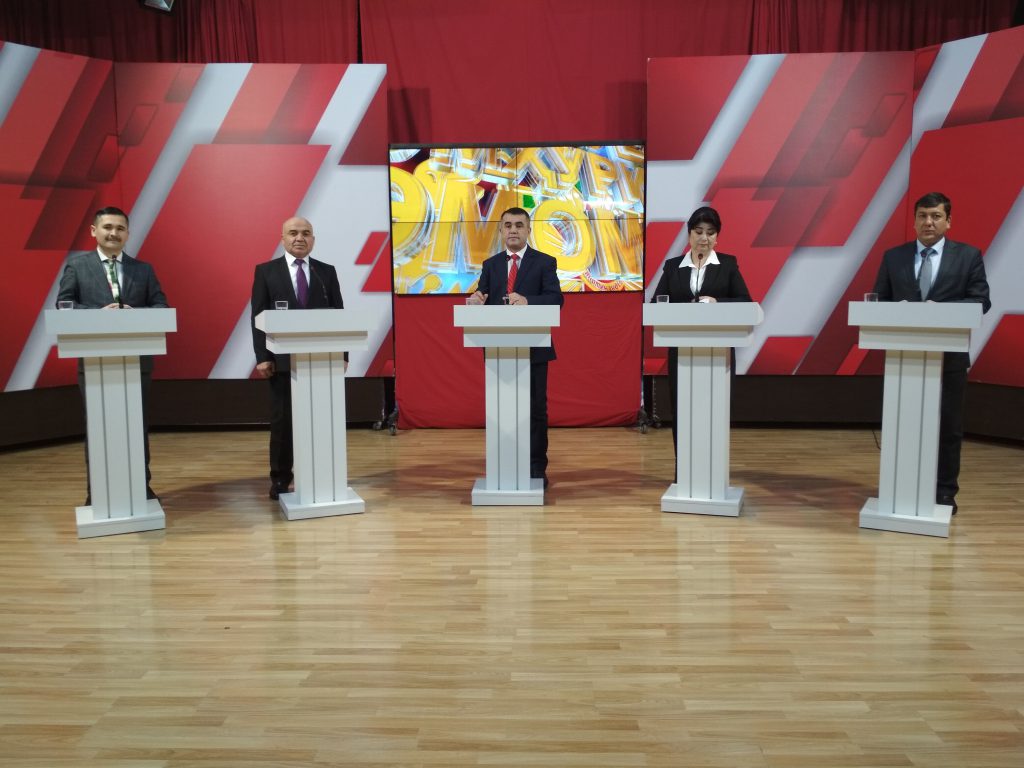
Today, Vice-Rector for Science, Innovation and International Relations, Ph.D., Nasriddinov Z.Z. and other vice-rectors of universities in the Sughd region discussed various issues of the next Address of the Leader of the Nation, respected Emomali Rahmon
The Vice-Rector elaborated on the following points of the message:
“Tajikistan has rich mineral and non-mineral resources, such as ferrous, non-ferrous, precious and rare metals, rare and precious stones, coal and the like, the amount of which is estimated at hundreds of billions of somoni.
The Vice-Rector elaborated on the following points of the message:
“Tajikistan has rich mineral and non-mineral resources, such as ferrous, non-ferrous, precious and rare metals, rare and precious stones, coal and the like, the amount of which is estimated at hundreds of billions of somoni.
Today in Tajikistan more than 600 deposits and 800 occurrences have been discovered and studied, containing more than 60 types of mineral and non-mineral raw materials.
Currently, only 27% of these resources are mined and processed, which is not enough to achieve our fourth strategic goal.
Therefore, the Main Directorate of Geology needs to intensify its work in the field of geological research, the transition to international standards for resource accounting, use, extraction and protection of subsoil, as well as control of hazardous geological processes and monitoring of groundwater.
In order to develop mining and other manufacturing industries, the Main Department of Geology, together with relevant ministries and departments, was instructed to develop and submit to the Government a draft State Program for Geological Development for 2021-2030 based on an analysis of resources and resources. the level of geological knowledge.
In 1991, only 358 industrial enterprises were registered in the country. In 2020 alone, 300 new industrial enterprises and workshops with more than 6500 jobs were built and commissioned. As a result, last year the number of industrial enterprises reached 2,274, and in accordance with the set goals in the next seven years will grow to more than 3,500, an increase of more than 54 percent.
In this regard, the leadership of the Ministry of Industry and New Technologies, other ministries and departments, regions, cities and districts were instructed to periodically solve existing problems in the industry to implement the rapid industrialization of the country.
The ministries of economic development and trade, industry and new technologies, education and science should take measures to create an effective system of training and retraining of specialists in the country and abroad, as well as to create industrial and scientific complexes, including innovation and technological parks.
To this end, the number of students and specialists sent to educational institutions abroad for training and advanced training should double every year. “
It was noted that in order to accomplish these tasks, the following problems need to be addressed:
The fourth national goal was deep industrialization. At the same time, the Leader of the Nation’s emphasis on the integration of science and industry is growing. Consequently, the legal basis for the integration of science and production has not been developed, that is, the legal basis for the application of science in production, approved by the Government of the Republic of Tajikistan and having an unconditional verdict, still does not exist and should be implemented as soon as possible. For the ratification of the fourth national goal, therefore, mutual obligations, for example: the obligations of a research and educational institution, enterprise or author must be clarified in order to apply the results of science in production; Research and development should clarify the structure of tax burden, tax payments and other expenditure obligations; The expenses of scientific and educational institutions and industrial enterprises in accordance with the new regulatory framework should include the items “costs associated with inventions and innovations”, “research and production costs”, “costs of implementation in production”, “costs of implementation in production ”,“ production of intellectual property ”,“ costs of protecting intellectual property ”, etc .; That is, with such an approach, it is currently impossible to implement any invention, innovation or research project in production. A scientist, innovator or researcher cannot apply any results of his scientific work in the actual production of industrial products at the expense of personal or group funds, relying on any article of the law or government regulations and programs.
Technology parks must be subject to a special tax on their activities, which, along with commercial companies, are currently responsible for paying taxes and other high fees. Also, parks’ products should be exempt from taxes, because they are the product of the application of science in domestic production, which needs government assistance and support.
The fourth national goal was deep industrialization. At the same time, the Leader of the Nation’s emphasis on the integration of science and industry is growing. Consequently, the legal basis for the integration of science and production has not been developed, that is, the legal basis for the application of science in production, approved by the Government of the Republic of Tajikistan and having an unconditional verdict, still does not exist and should be implemented as soon as possible. For the ratification of the fourth national goal, therefore, mutual obligations, for example: the obligations of a research and educational institution, enterprise or author must be clarified in order to apply the results of science in production; Research and development should clarify the structure of tax burden, tax payments and other expenditure obligations; The expenses of scientific and educational institutions and industrial enterprises in accordance with the new regulatory framework should include the items “costs associated with inventions and innovations”, “research and production costs”, “costs of implementation in production”, “costs of implementation in production ”,“ production of intellectual property ”,“ costs of protecting intellectual property ”, etc .; That is, with such an approach, it is currently impossible to implement any invention, innovation or research project in production. A scientist, innovator or researcher cannot apply any results of his scientific work in the actual production of industrial products at the expense of personal or group funds, relying on any article of the law or government regulations and programs.
Technology parks must be subject to a special tax on their activities, which, along with commercial companies, are currently responsible for paying taxes and other high fees. Also, parks’ products should be exempt from taxes, because they are the product of the application of science in domestic production, which needs government assistance and support.
